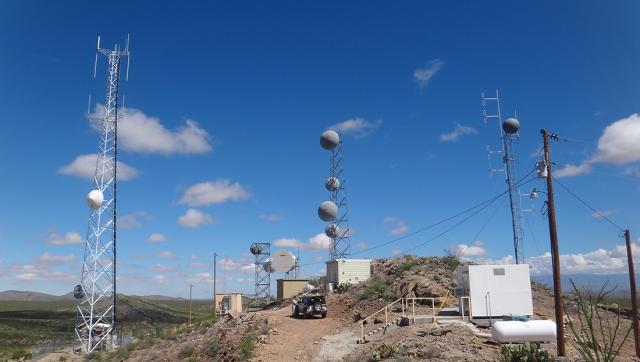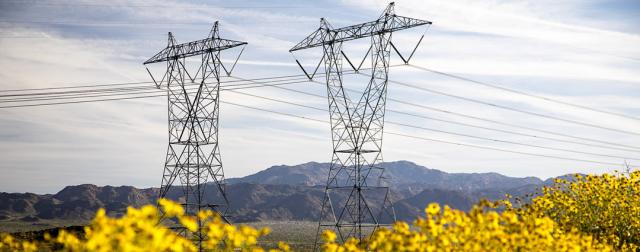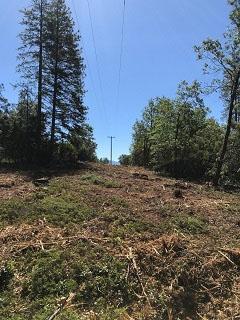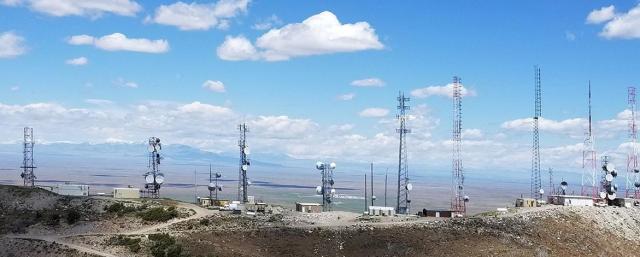Related Stories
- Progress on Public Lands: BLM 2025 Trump Administration Accomplishments | January 20 - December 31, 2025
- Popular posts: BLM's most viewed blogs of 2025
- BLM hosts fire investigation training course to strengthen wildland fire investigation capacity across Arizona and the West
- “Where did my horse come from?” BLM launches a new way for adopters, trainers and others to learn about their wild horses and burros
- Helping Woodlands & Fighting Fire with the Dawson Project




